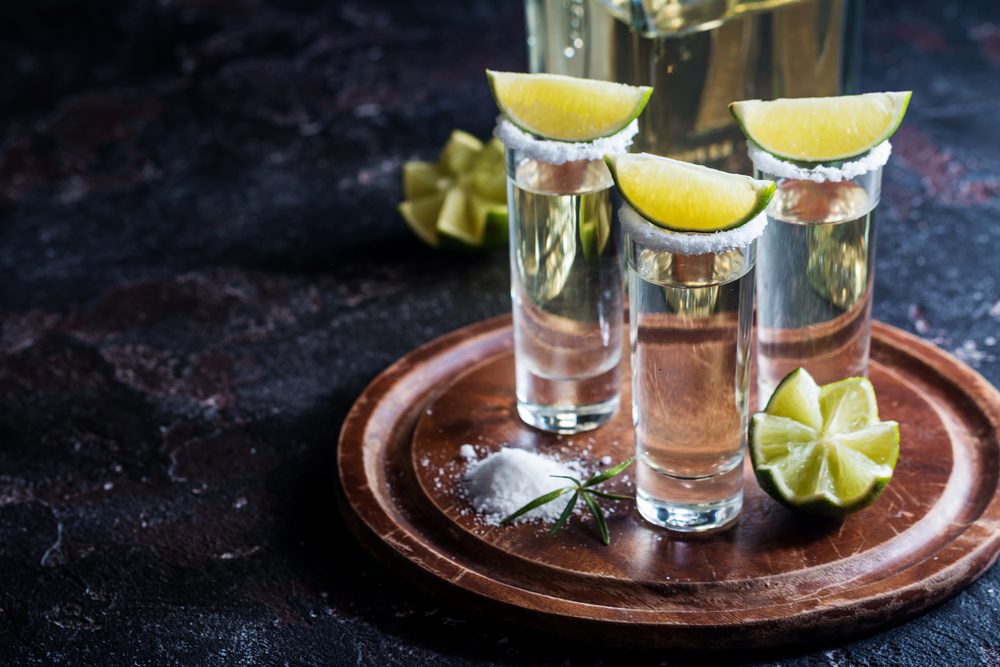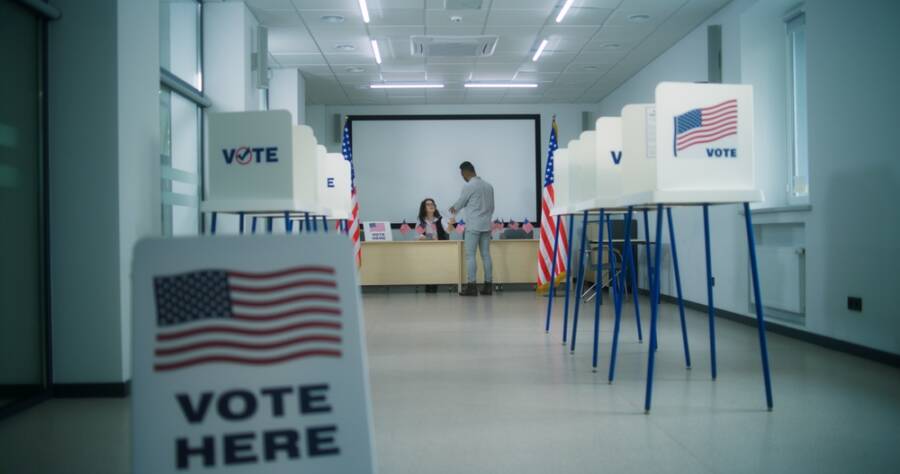Drinking has always been a pivotal part of history, so much so that Patrick McGovern, a well-known archaeological chemist at the University of Pennsylvania, called alcohol the “universal language” of the world. Given that it’s such an ominous presence in our lives, we thought you might want to read a couple of facts about alcohol.
In a certain way, alcoholic beverages are all about chemistry and physiology. When yeast cells consume carbs in grains, vegetables, and fruits, they create a fluid known as ethyl alcohol. When humans ingest ethyl alcohol, the substance is converted into a chemical known as acetaldehyde, and then it breaks down into carbon dioxide and water.
As ethyl alcohol is very toxic in high quantities, moderate consumption is known to relax the muscles and stimulate the brain by depressing inhibitors. It seems that alcohol has existed for as long as civilized humanity has, as the ancient Sumerians, who lived more than 4,500 years ago, worshiped a goddess called Ninkasi, who was the ruler of brewing and beer distribution to the people.
Plenty of figures sucking beer from straws were found in royal tombs. This being said, are you curious to know other facts about alcohol?

The wine was invented long before the wheel.
On the list of curious facts about alcohol, I really wanted to start with this one. You might think that the invention of the wheel was one of the first clever intentions of humans, but as far as we can tell, the one who first came up with the idea had a couple of beers on board!
We’re not sure precisely when our ancestors invented alcohol, but as it turns out, ancient hunter-gatherers first discovered the effects of alcohol when they ate fruit that had dropped to the ground and slowly fermented.
The archaeological chemist Patrick McGovern studied shards of clay from a 9,000-year-old Chinese village and discovered they had chemical traces of mead, which is a wine made from honey. The ancient beverage had an alcohol content of 10 percent.
At one point, beer was made from Antarctic ice.
Next on the list of interesting facts about alcohol might sound familiar to all beer aficionados. You might be familiar with brands of beer whose makers brag about crafting the beer with mountain spring water or another exotic ingredient.
In 2010, Nail Brewing, a well-known Australian company, found a new and ingenious idea to top all the other beers. It made a limited-edition batch of beer using water from melted Antarctic ice. The ice was brought by the Sea Shepherd Conservation Society, a well-known activist group that staged an anti-whaling campaign in the Southern (Antarctic) Ocean.
However, you couldn’t buy the Antarctic Nail Ale at any local bottle shop. It had to be auctioned off at hefty prices of up to $1,850 Australian dollars a bottle, and the proceeds went to the conservation group.

Tequila can only be made in Mexico.
As Mexican law explains, the famous tequila must have a minimum of 51 percent liquor distilled from the sweet nectar of blue agave. As this desert plant grows mainly in Jalisco, only four other Mexican states can legally produce tequila.
Have you ever wondered where the name comes from? Apparently, it comes from the Ticuila Indians of Jalisco. In the early 2000s, South African distillers started making their own versions of this drink, using a plant very similar to agave.
However, Mexico didn’t fancy the idea of being undercut, so a couple of Mexican diplomats fought to prevent South African companies from calling their own product tequila, using international trade agreements.
The fact that wine gets better with age is false.
On the same series of interesting facts about alcohol, we wanted to debunk a well-known myth. For someone who doesn’t know all the specifics, it’s incredibly easy to listen to wine buffs explain the whole science behind vintage wines.
We all have this belief that the older a wine is, the better, but in reality, that’s not how it works. The most important thing about vintage wine is the year itself, whether the weather conditions were proper, and what impact they might have had on the grape harvest and the quality of the wine.
But when it comes to age, it can be a negative influence. Most wines, especially the white ones, become more dull and flaccid as they “age.” Only a couple of high-quality reds and some Champagnes could improve over time, which can also be debatable.
The U.S. Government poisoned the alcohol at one point.
Speaking of interesting facts about alcohol, I think we can add this to the list of “great” things our government did at a certain point in history, too. Remember Prohibition, right? Well, it seems that throughout the 1920s, the U.S. federal government decided to outlaw the sale of booze, wine, and beer, and as we all know, that didn’t go too well.
By the middle of the 20s, the administration of President Calvin Coolidge was extremely frustrated because so many American citizens kept on drinking bootleg alcohol. That’s when they decided on a very devious tactic that wasn’t so democratic.
They knew that millions of gallons of industrial alcohol had been stolen by bootleggers to make beverages, so they ordered manufacturers to add various poisons like formaldehyde, chloroform, and methyl alcohol.

Some studies say that abstaining from alcohol is riskier than drinking.
This is probably the most debatable one on the list of facts about alcohol. For decades, it has been said that excessive drinking might turn your liver into Swiss cheese, causing all kinds of awful physical woes, too. However, when scientists got around to studying the death rates of drinkers and non-drinkers, what they discovered was simply dazzling.
It is still unclear, but it seems that abstaining from drinking might do more harm than good. There was a study published in 2010 in a scientific journal called Alcoholism: Clinical and Experimental Research, where psychologist Charles Holahan discovered that over a 20-year span, 69% of abstainers died, which was higher than the 60 percent death rate for heavy drinkers.
Moreover, the longest-lived group was mainly composed of moderate drinkers, of whom only 41% died in that amount of time.
Diet mixers in cocktails will get you drunk much faster.
If you are worried you will gain weight while drinking your favorite cocktail, read this. Trust me, you’re going to love it, and it’s definitely one of those facts about alcohol that you wish you had known earlier.
According to the latest study, drinkers who prefer artificially sweetened mixers have a much higher breath-alcohol reading than those who use mixers with sugar. Apparently, it slows the absorption of alcohol into the bloodstream.
Even worse, individuals can’t tell the difference, which might affect their safety in the long run. So if you are trying to drink a cocktail with a zero-sugar soda, you might want to think again.
The whiskey starts out clear.
Here’s an interesting thing about whiskey: that rich amber color that reminds you that you are drinking something carefully aged for many years is the whole charm of this drink. However, you’ll be shocked to find out that the color is actually added on.
Ethyl alcohol is clear, which also means that all the other whiskey varieties are, too. But after distillation, the liquor is aged in an oak cask that has been previously air-dried for nine months, then heated on the inside. That’s how they achieve that wood tone that we all love so much. If you are a whiskey lover, then you will definitely need a special set of glasses, right? That’s the whole charm of it. I did a little digging, and I’ve heard that these glasses are some of the best ones. In fact, it’s a whiskey set with everything you need if you want to welcome your guests with a glass of whiskey on the rocks.
If you’re interested in reading other curious facts, here’s what we recommend: 8 Mind-Blowing Facts about Egyptians You Never Thought They Were Real








